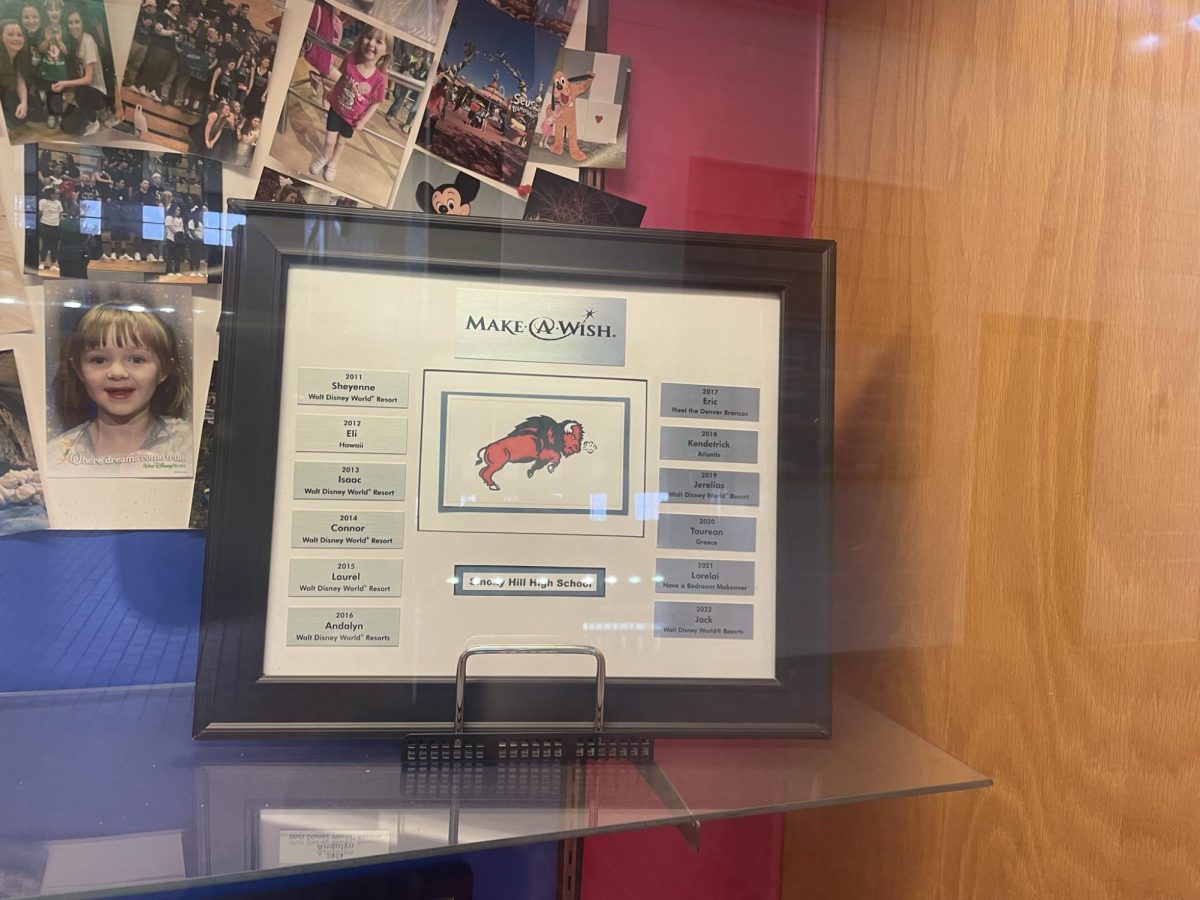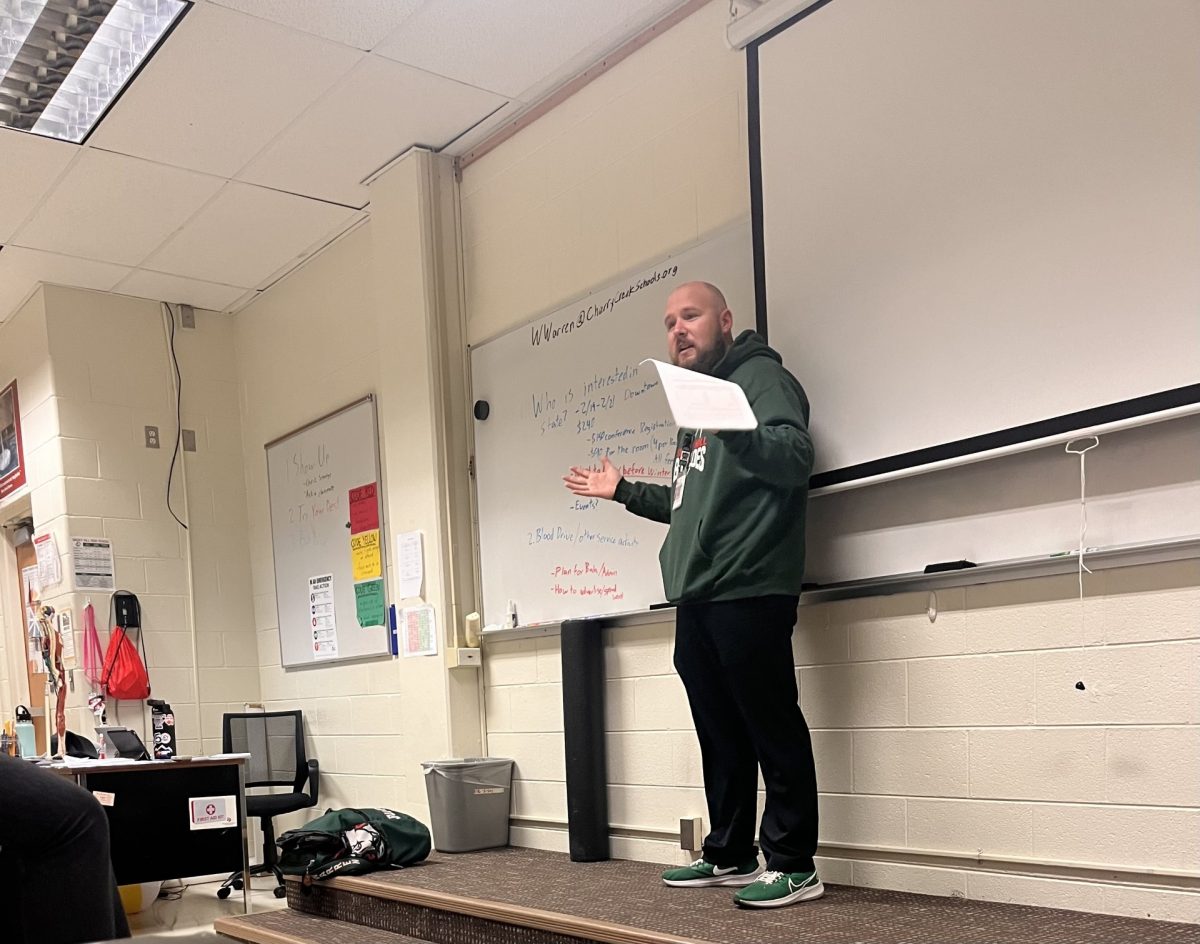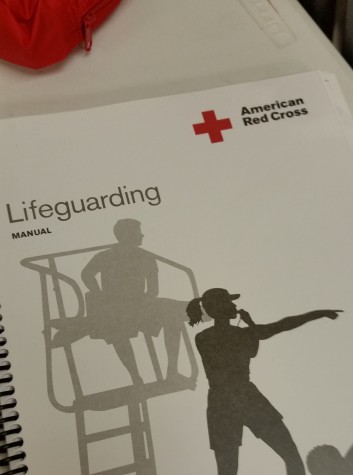The duties of a Lifeguard
You can only be prepared for so much
April 7, 2015
Many students used Spring break as a time to relax, party or just hang out. That, however, was not the case for Brooke Smith, a sophomore at Smoky. Smith had lifeguard training from Monday through Friday from 3 P.M. to 9 P.M. at the Utah Pool.
“During lifeguard training I learned a lot about the different things that can happen while I am on duty and the various things I need to do in certain situations, so I had to test on both passive and active victims in the water,” Smith said. Some of those situations could be a conscious choking victim or caring for external bleeding.
When a lifeguard is on duty, their job must be taken seriously because a person’s life could be in their hands in just a matter of seconds. “A lot of people don’t realize how serious lifeguarding really is, but it is also very rewarding,” Smith said.
It is important for a lifeguard to recognize a situation and have the ability to respond appropriately. For example, if a swimmer was to be seen jumping into shallow water and came up face down in the water the primary lifeguard must treat for a head, neck or spinal injury.
“The most interesting to learn was probably the head, neck, or spinal injury,” Smith said. “When a head neck or spinal injury are detected by a lifeguard they have to do their best to keep them from moving, so the lifeguards have to use a back board to keep them as motionless as possible to avoid further injury.
While a lifeguard is on duty it is important that they know how what their primary duties are and if something was to happen it is their responsibility to know how to respond and care for certain injuries. “I learned a lot of new things and met a lot of nice people,” Smith said.




























